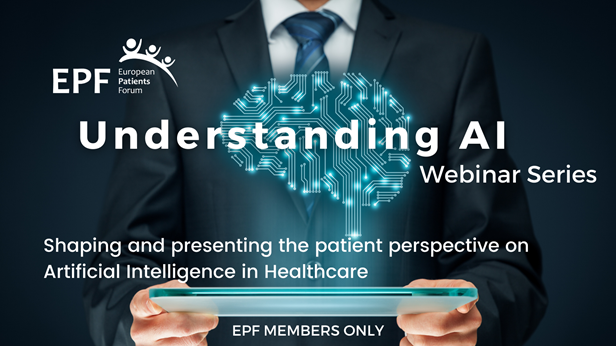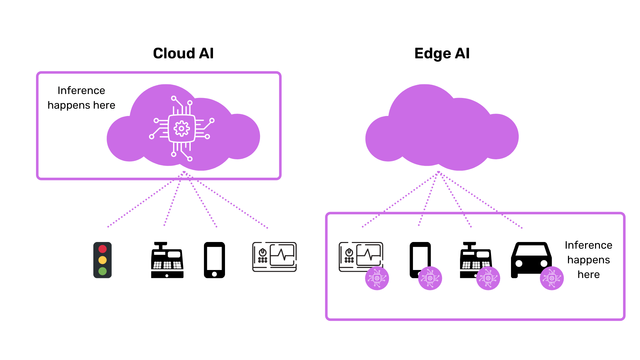
The answer is a definitive yes. Robotic surgery has been widely adopted since its inception in 1967. Although it is able to help surgeons with many operations, there are significant drawbacks. Unexpected complications are the first problem. Even simple operations can have unexpected complications. Therefore, surgeons need to consider the risks and advantages of each procedure. While robotic surgery may not be able to replace surgeons any time soon, it may help them improve their skills. The inventor of this technology is John McCarthy, the father of artificial intelligence and the creator of the Lisp programming language.
John McCarthy
Robotic surgery was a revolutionary concept in its day, and MIT's Dr. John McCarthy was one of the pioneers. McCarthy invents LISP, a symbolic computing language which was used in many artificial-intelligence applications. His research on human level AI and commonsense reasoning was recognized with the Turing Award, and the Kyoto Prize. In 1990, McCarthy was also awarded the National Medal of Science. John McCarthy's work has helped transform medicine, and he's the father of robotic surgery.

John McCarthy is the father of artificial intelligence
Before he was a household name, John Patrick McCarthy was an Irish immigrant and part-time computer science icon. He died at his California residence from a cardiac arrest on Oct. 24, 2011. His most notable achievements include the creation of the robotic arm and other artificial Intelligence tools that aid surgeons in performing surgery. McCarthy was born in Lithuania. His parents were a longshoreman from Ireland and a native Irishman. McCarthy was raised an atheist and was an early believer in science. His life was full of difficulties. He had a severe childhood illness that forced him to miss school. But he got enough good grades to be able skip college and graduate early from California college. It was also a time when the climate was more conducive to his health.
Silver Falcon
Intuitive Surgical, an innovator of computerized instruments for the MIS, licensed the patents for the Silver Falcon. This seven-degree-of-freedom device was developed by Akhil madhani, MIT mechanical engineer and Gunter Niemeyer from Stanford Research Institute. Madhani was a doctoral candidate whose thesis focused on the improvement of endoscopic surgical dexterity using teleoperated robotics arms.
Lindinburg surgery
The Lindinburg procedure was performed using advanced technology and telesurgeons. The New York-based surgical team performed the procedure on the patient in Strasbourg, France using high-speed internet and telecommunications solutions. Zeus was used by robotic surgery to allow surgeons in Strasbourg to perform the procedure. This feat has set the stage for future telesurgery.
Robotic surgery is a shared-controlled process
A shared-controlled robotic surgery approach allows one surgeon to direct the robotic arms from a console. He or she can view the surgical field remotely and control the instruments. The other surgeon adjusts the tools on the robotic arms and inserts them through small incisions. Once the instruments have been installed, the surgeon can start operating. The patient may not be aware that the robotic arms have been installed during the procedure.

RoboDoc
RoboDoc was developed in 1996 by researchers at MIT and IBM. The robot interprets the language of IBM and follows the commands of the surgeon. This robot can be used in conjunction with a surgeon or independently. It can perform a variety of operations, from orthopedic procedures to gynecological procedures. It can also be used for complex thoracic operations, such as angioplasty.
FAQ
AI is it good?
Both positive and negative aspects of AI can be seen. It allows us to accomplish things more quickly than ever before, which is a positive aspect. It is no longer necessary to spend hours creating programs that do tasks like word processing or spreadsheets. Instead, we can ask our computers to perform these functions.
Some people worry that AI will eventually replace humans. Many believe that robots could eventually be smarter than their creators. This may lead to them taking over certain jobs.
Why is AI important
It is predicted that we will have trillions connected to the internet within 30 year. These devices will cover everything from fridges to cars. The Internet of Things (IoT) is the combination of billions of devices with the internet. IoT devices will communicate with each other and share information. They will also be able to make decisions on their own. For example, a fridge might decide whether to order more milk based on past consumption patterns.
It is predicted that by 2025 there will be 50 billion IoT devices. This is an enormous opportunity for businesses. But it raises many questions about privacy and security.
Which are some examples for AI applications?
AI can be used in many areas including finance, healthcare and manufacturing. Here are just a few examples:
-
Finance – AI is already helping banks detect fraud. AI can spot suspicious activity in transactions that exceed millions.
-
Healthcare – AI is used for diagnosing diseases, spotting cancerous cells, as well as recommending treatments.
-
Manufacturing - AI is used in factories to improve efficiency and reduce costs.
-
Transportation – Self-driving cars were successfully tested in California. They are currently being tested around the globe.
-
Utilities use AI to monitor patterns of power consumption.
-
Education – AI is being used to educate. Students can communicate with robots through their smartphones, for instance.
-
Government - Artificial Intelligence is used by governments to track criminals and terrorists as well as missing persons.
-
Law Enforcement - AI is used in police investigations. Investigators have the ability to search thousands of hours of CCTV footage in databases.
-
Defense - AI is being used both offensively and defensively. An AI system can be used to hack into enemy systems. Artificial intelligence can also be used defensively to protect military bases from cyberattacks.
What is the status of the AI industry?
The AI market is growing at an unparalleled rate. The internet will connect to over 50 billion devices by 2020 according to some estimates. This means that everyone will be able to use AI technology on their phones, tablets, or laptops.
This will also mean that businesses will need to adapt to this shift in order to stay competitive. If they don’t, they run the risk of losing customers and clients to companies who do.
Now, the question is: What business model would your use to profit from these opportunities? Do you envision a platform where users could upload their data? Then, connect it to other users. Or perhaps you would offer services such as image recognition or voice recognition?
Whatever you decide to do in life, you should think carefully about how it could affect your competitive position. You won't always win, but if you play your cards right and keep innovating, you may win big time!
How will governments regulate AI?
Although AI is already being regulated by governments, there are still many things that they can do to improve their regulation. They must make it clear that citizens can control the way their data is used. Companies shouldn't use AI to obstruct their rights.
They need to make sure that we don't create an unfair playing field for different types of business. You should not be restricted from using AI for your small business, even if it's a business owner.
Who invented AI?
Alan Turing
Turing was created in 1912. His father, a clergyman, was his mother, a nurse. He was an excellent student at maths, but he fell apart after being rejected from Cambridge University. He started playing chess and won numerous tournaments. After World War II, he worked in Britain's top-secret code-breaking center Bletchley Park where he cracked German codes.
1954 was his death.
John McCarthy
McCarthy was born in 1928. Before joining MIT, he studied maths at Princeton University. He created the LISP programming system. He had already created the foundations for modern AI by 1957.
He died in 2011.
Statistics
- More than 70 percent of users claim they book trips on their phones, review travel tips, and research local landmarks and restaurants. (builtin.com)
- That's as many of us that have been in that AI space would say, it's about 70 or 80 percent of the work. (finra.org)
- In 2019, AI adoption among large companies increased by 47% compared to 2018, according to the latest Artificial IntelligenceIndex report. (marsner.com)
- By using BrainBox AI, commercial buildings can reduce total energy costs by 25% and improves occupant comfort by 60%. (analyticsinsight.net)
- The company's AI team trained an image recognition model to 85 percent accuracy using billions of public Instagram photos tagged with hashtags. (builtin.com)
External Links
How To
How to build a simple AI program
To build a simple AI program, you'll need to know how to code. There are many programming languages, but Python is our favorite. It's simple to learn and has lots of free resources online, such as YouTube videos and courses.
Here's a quick tutorial on how to set up a basic project called 'Hello World'.
First, you'll need to open a new file. For Windows, press Ctrl+N; for Macs, Command+N.
Enter hello world into the box. To save the file, press Enter.
Now press F5 for the program to start.
The program should say "Hello World!"
This is only the beginning. If you want to make a more advanced program, check out these tutorials.